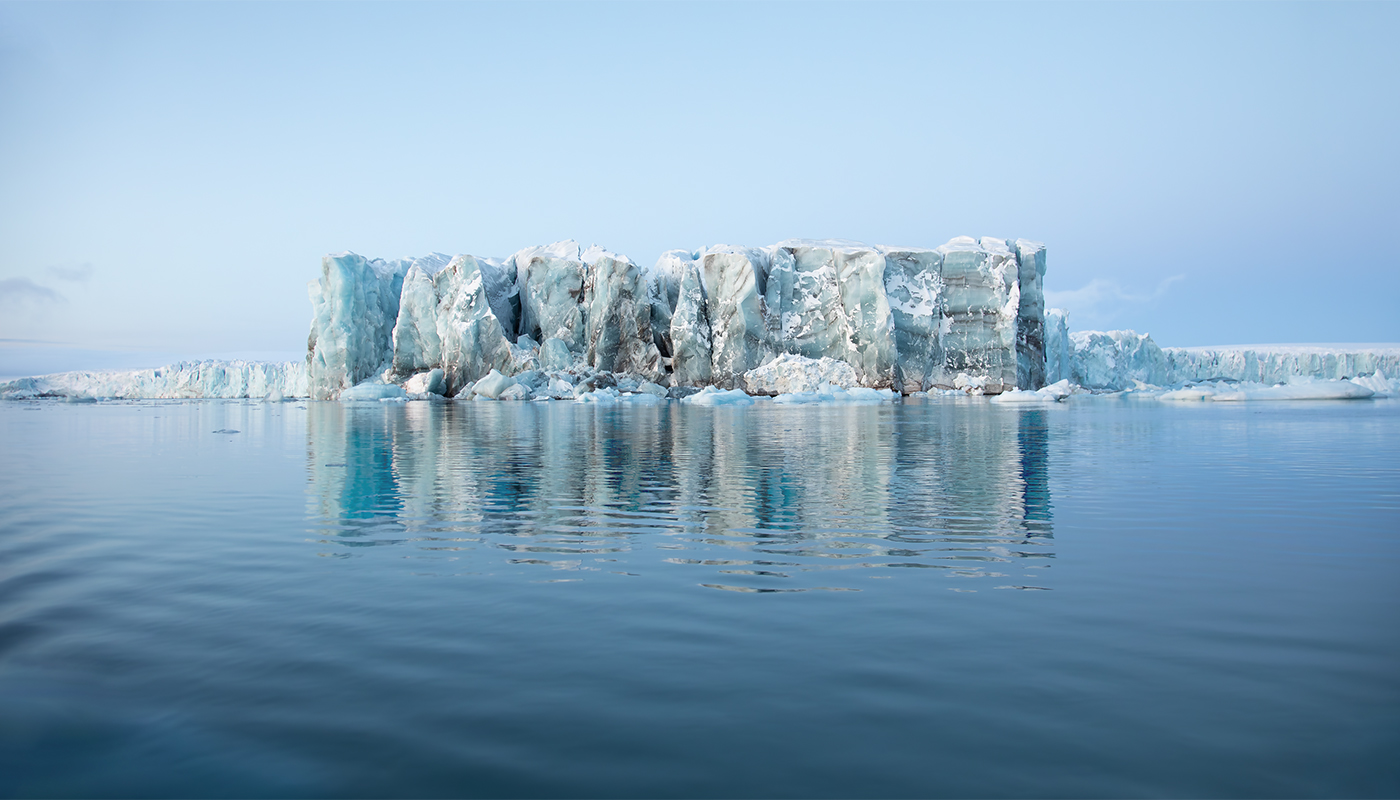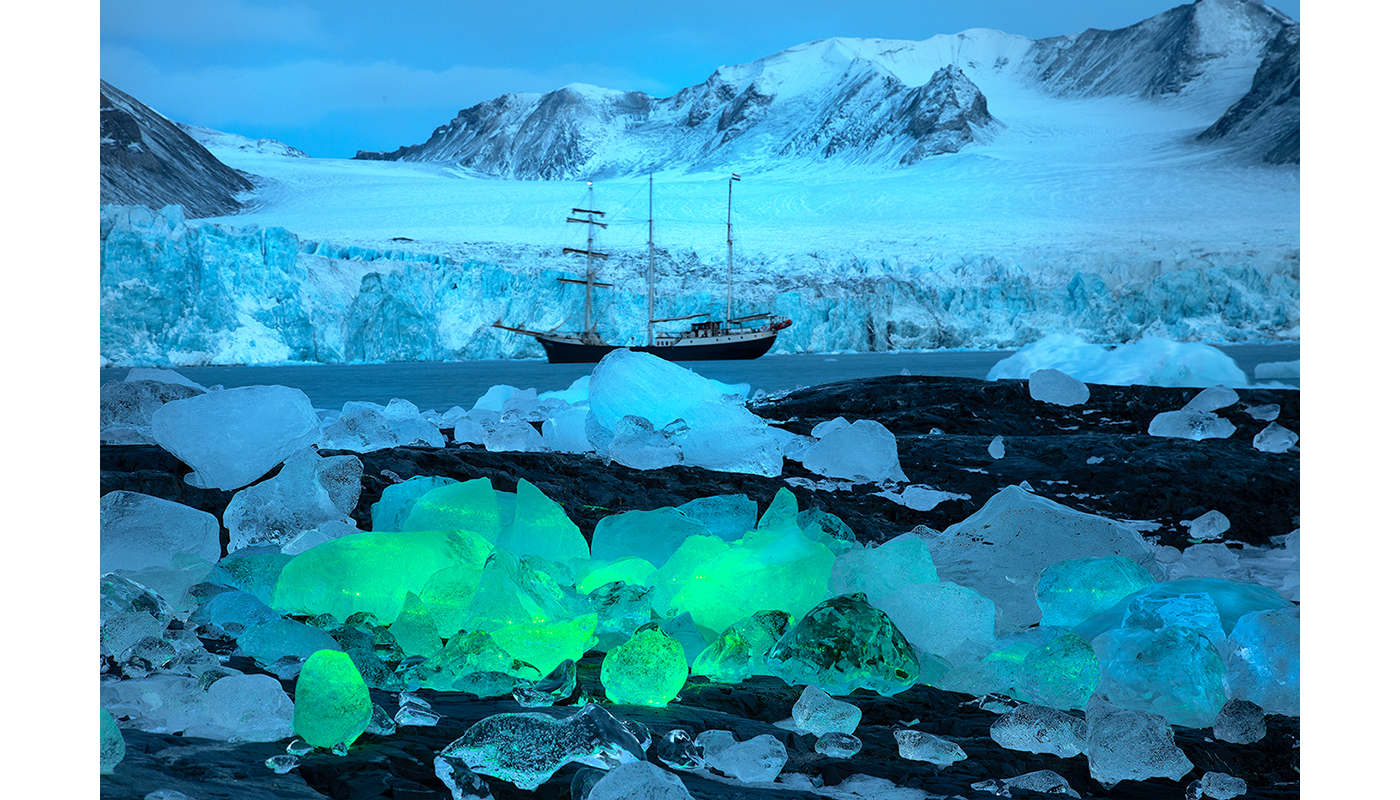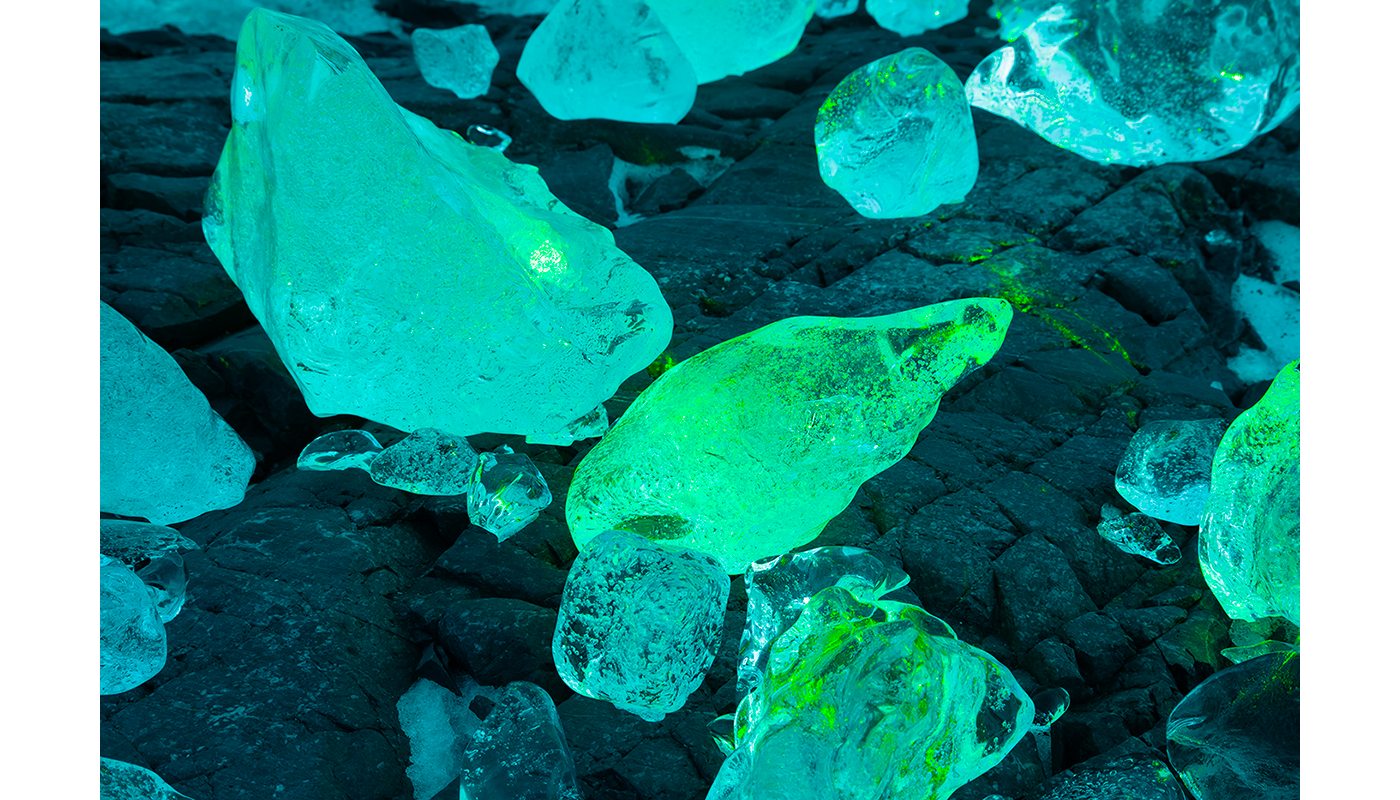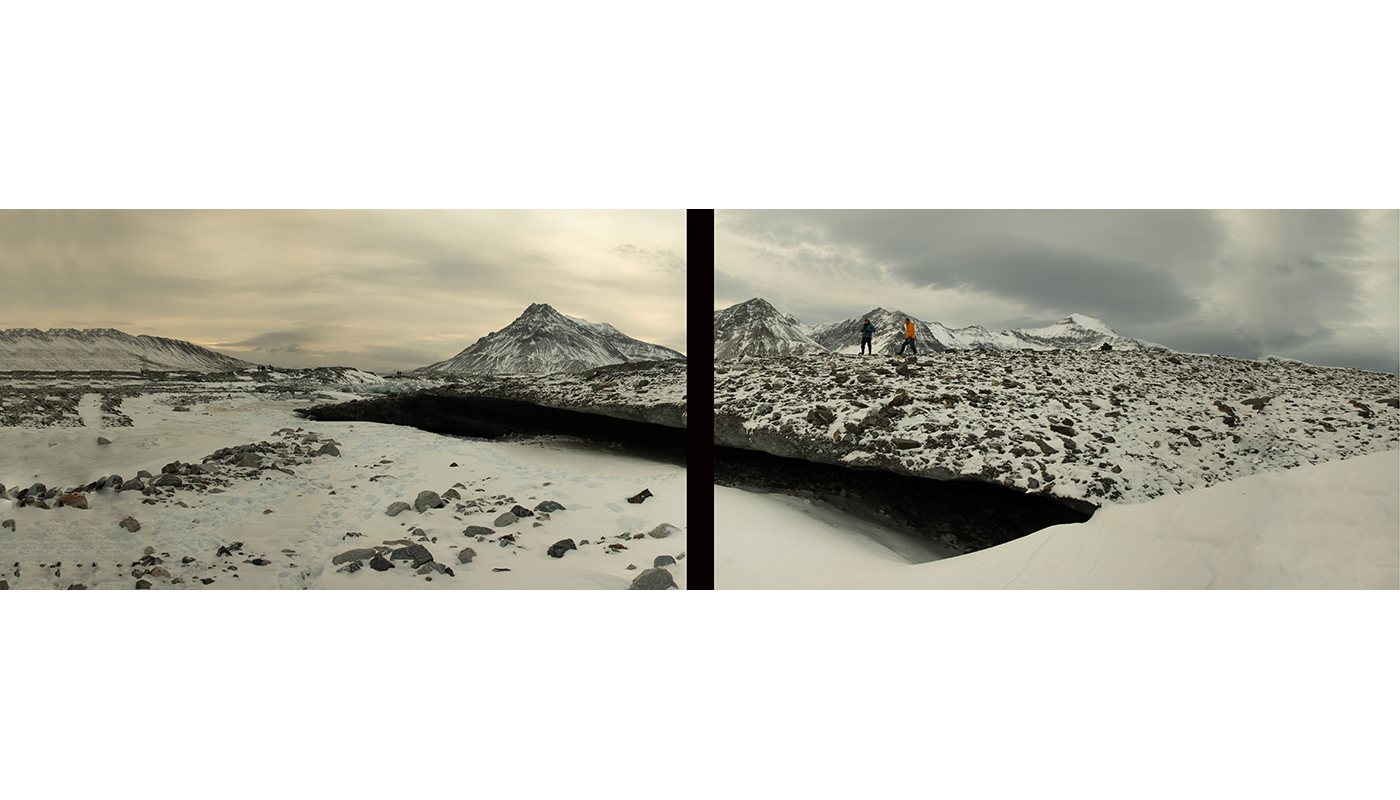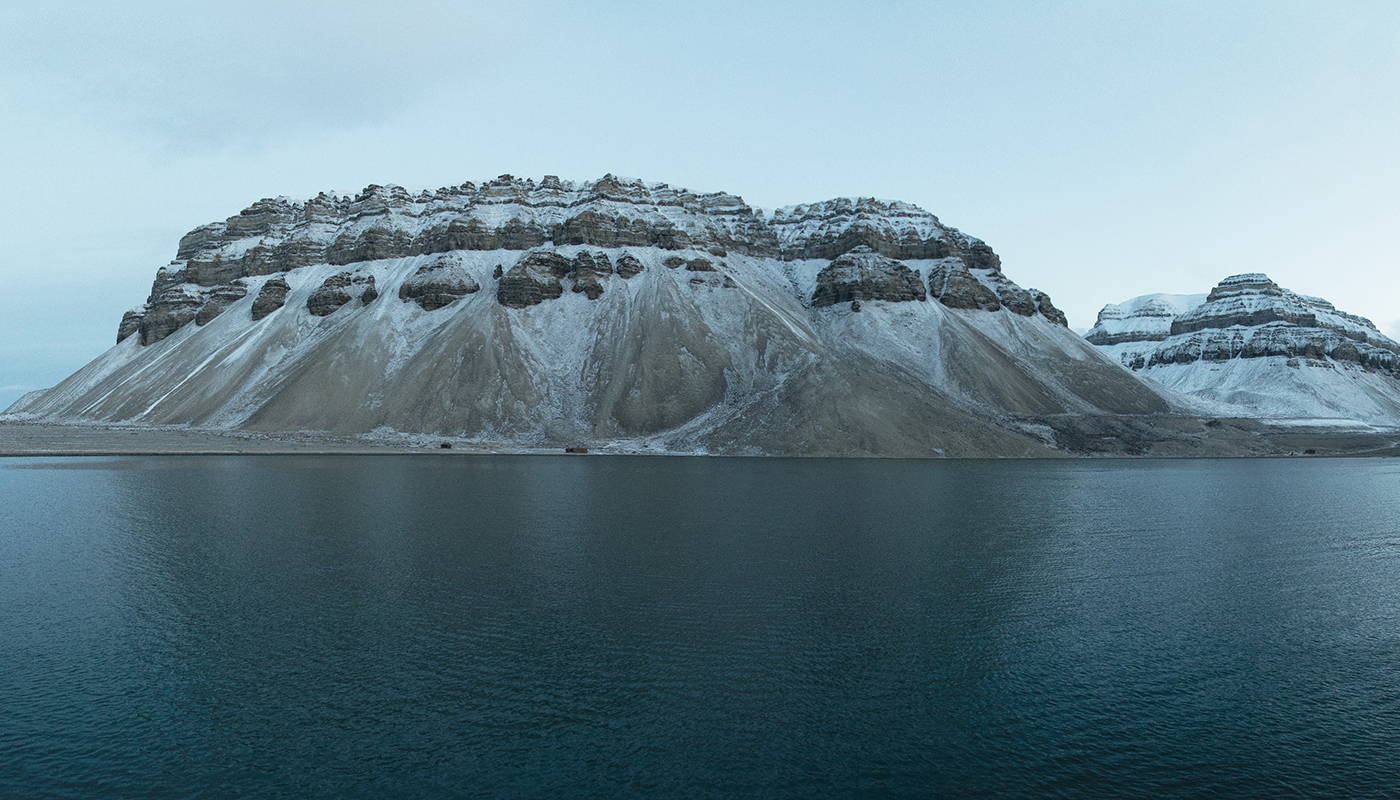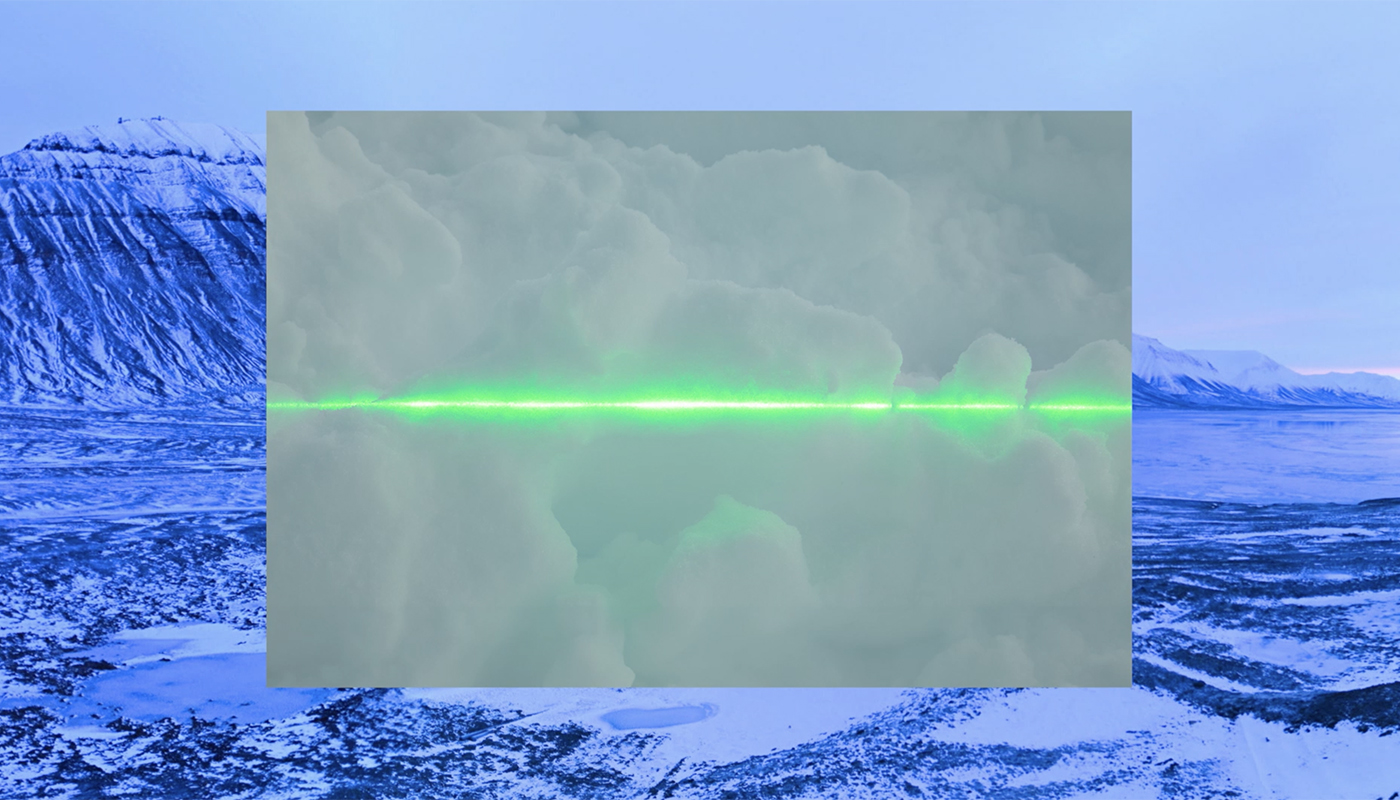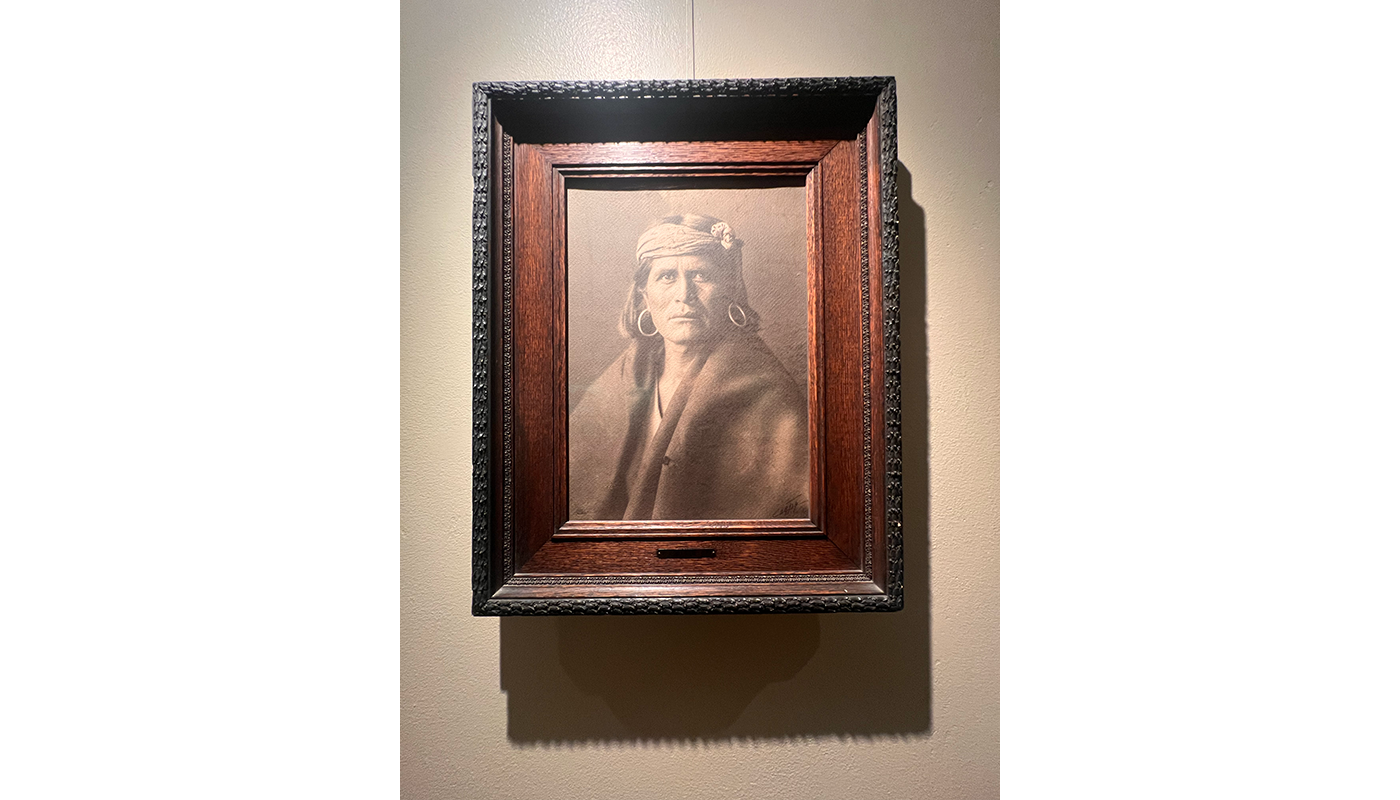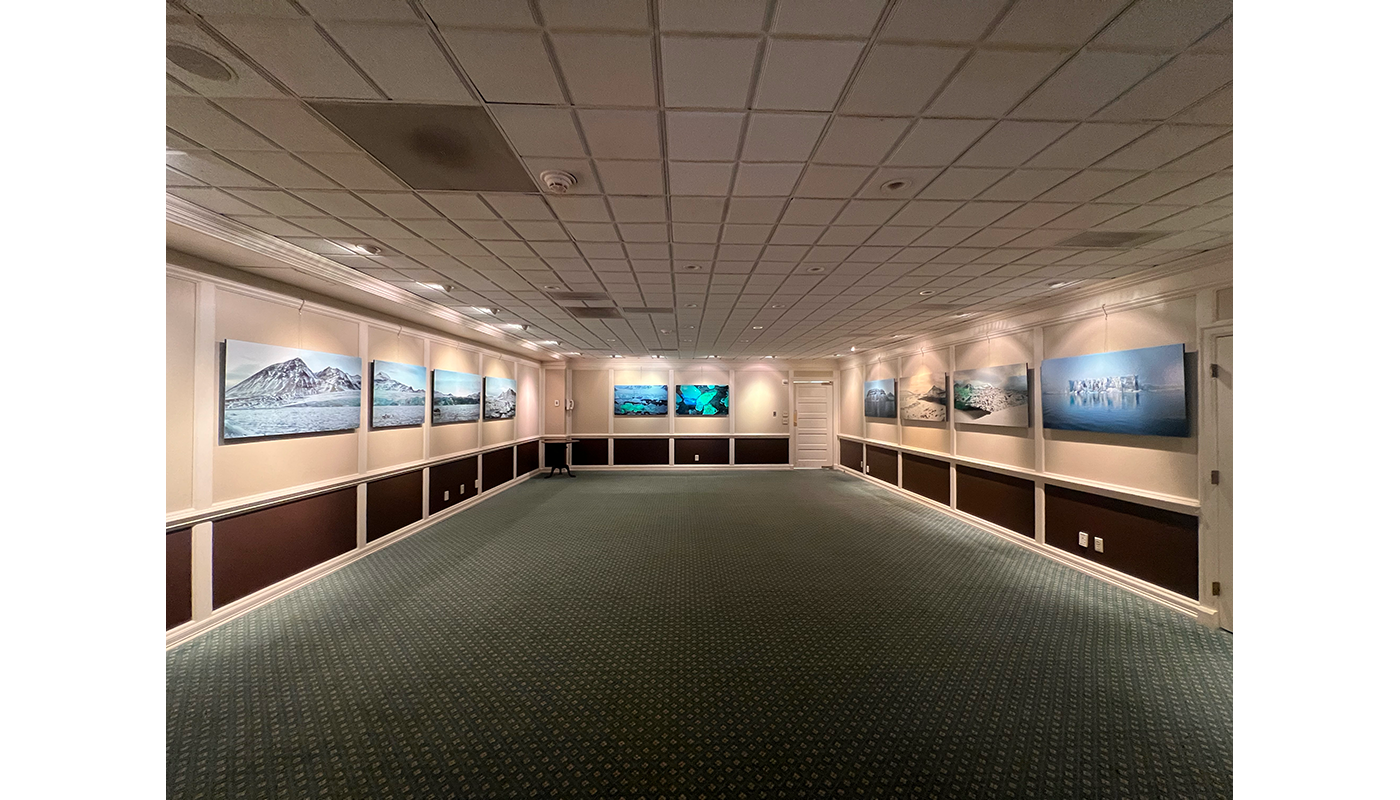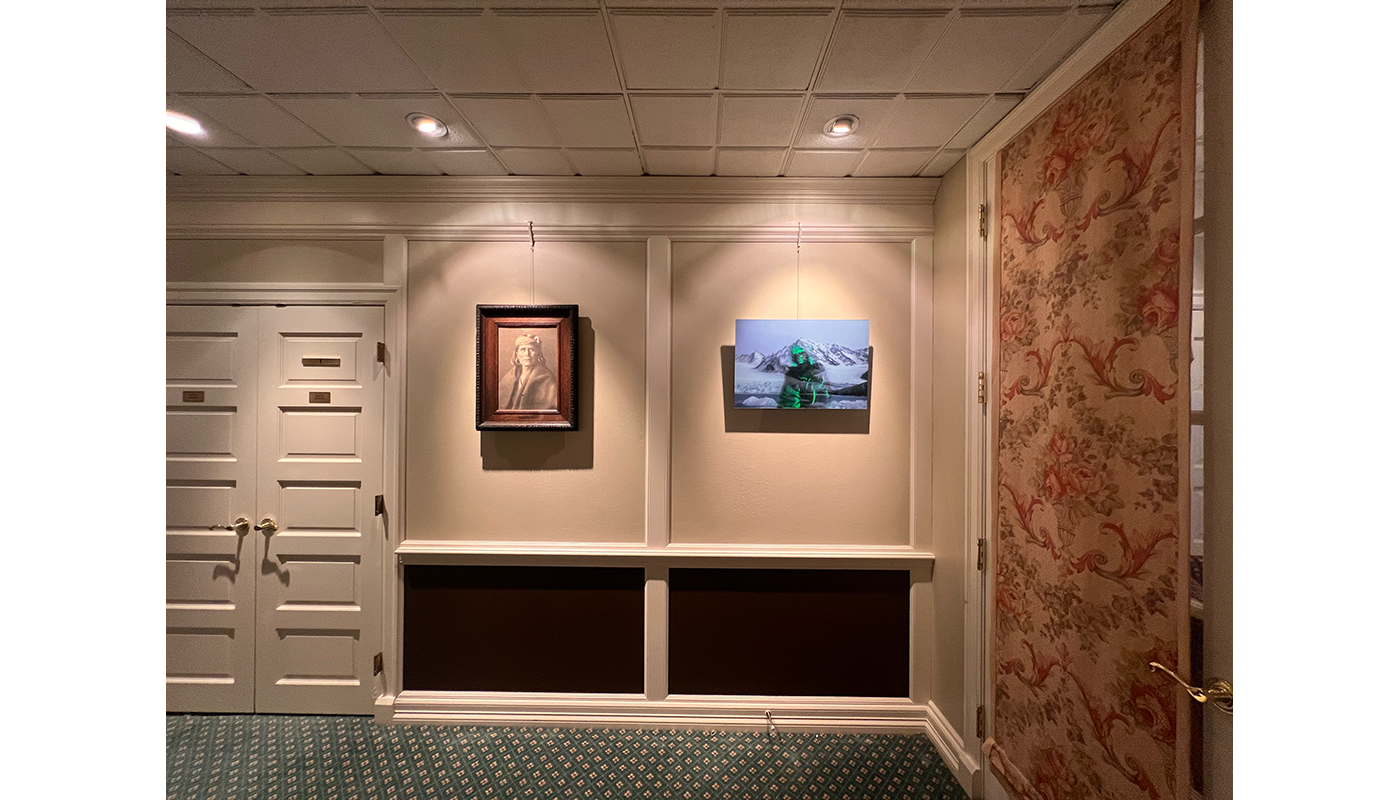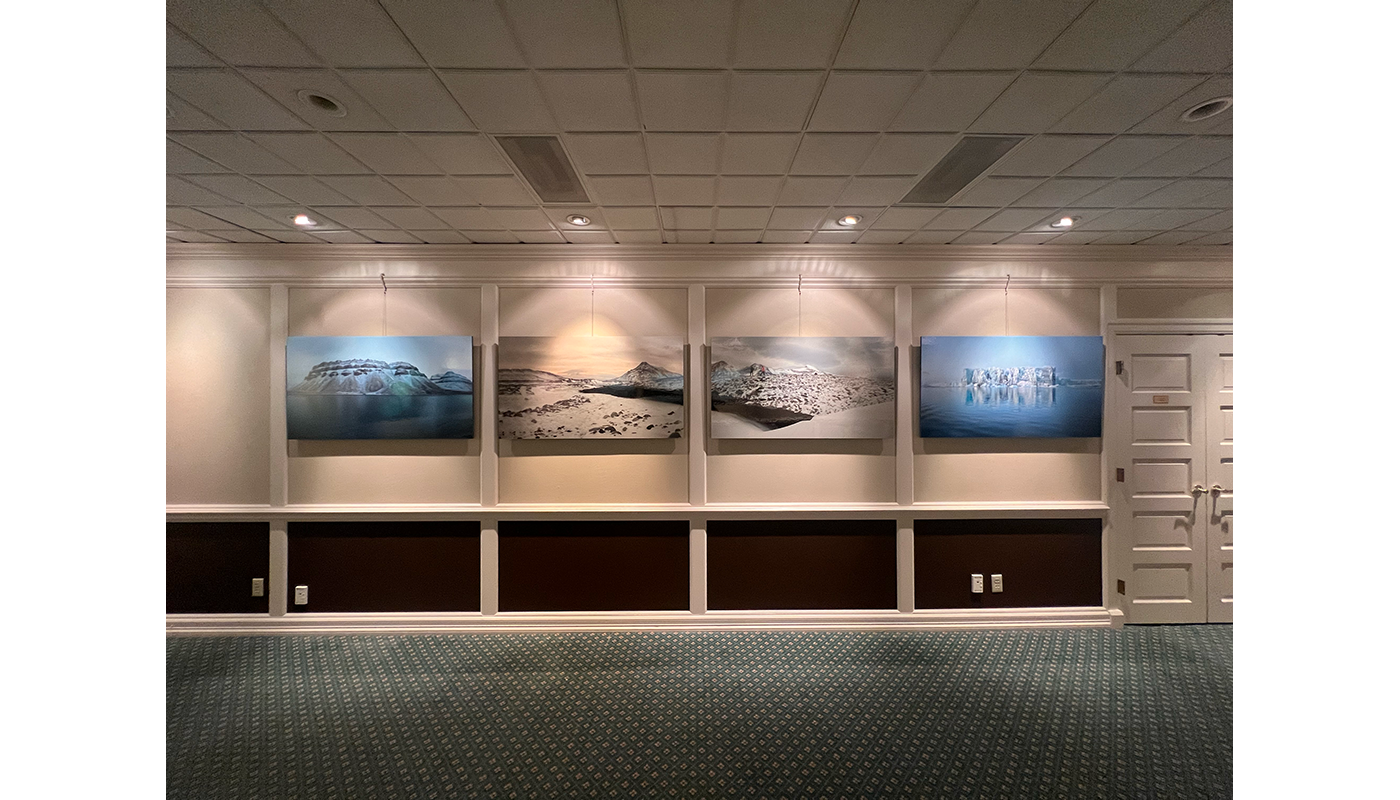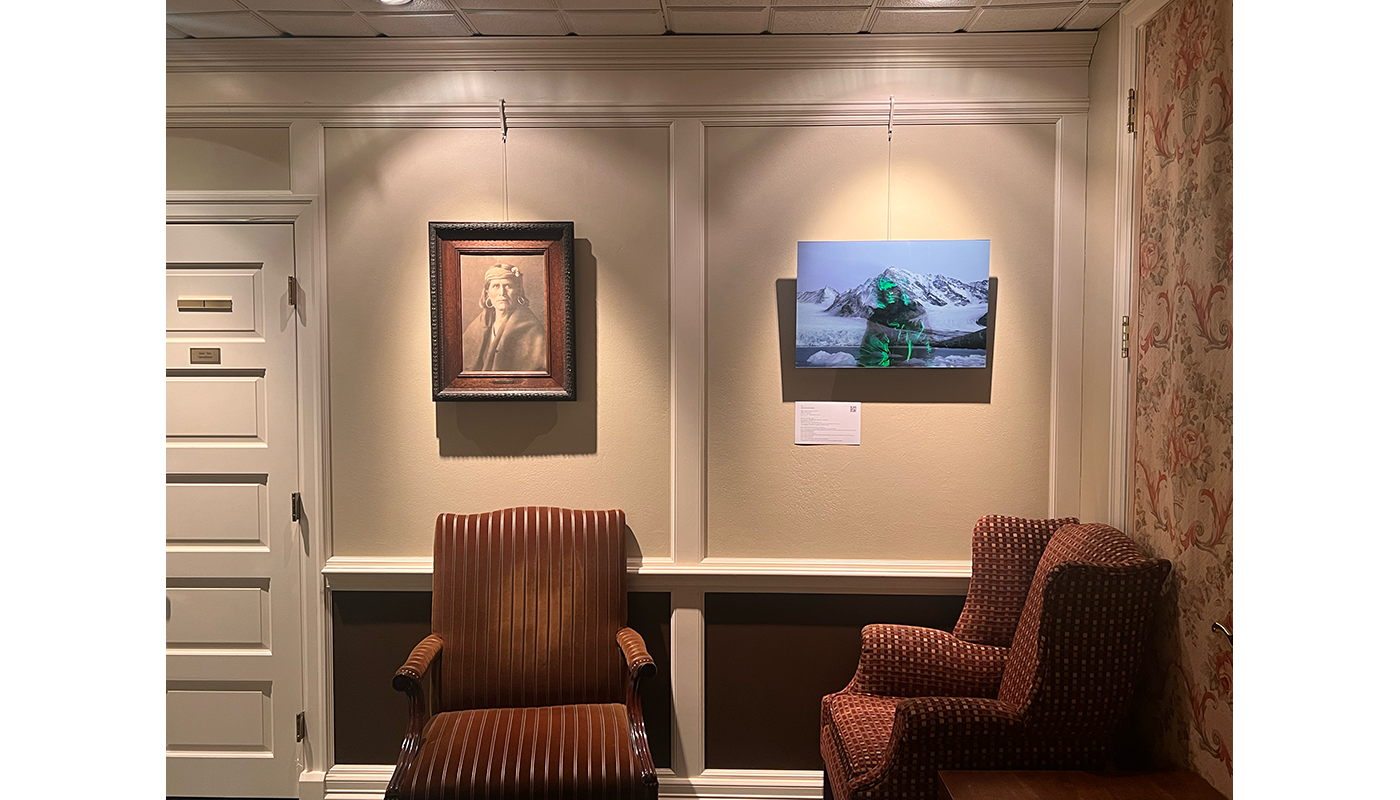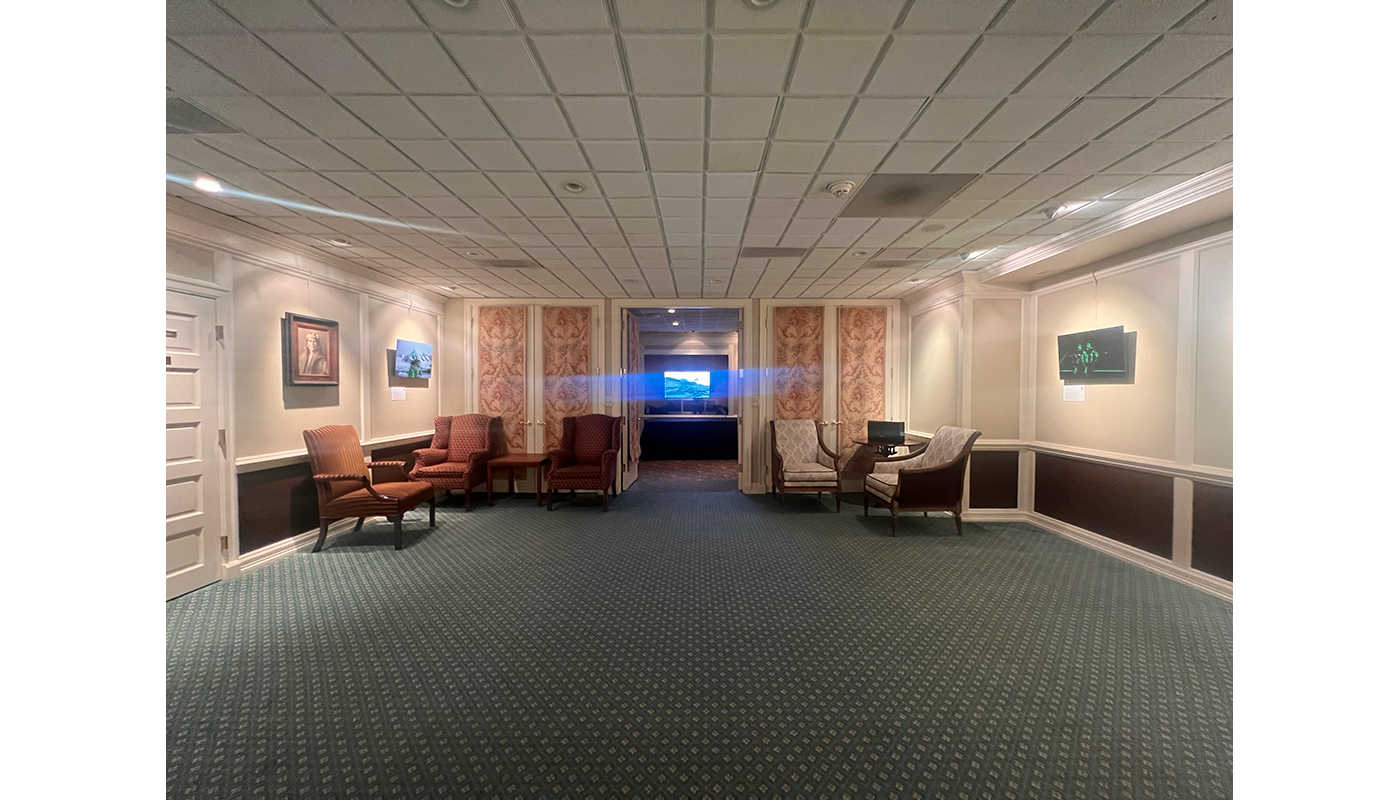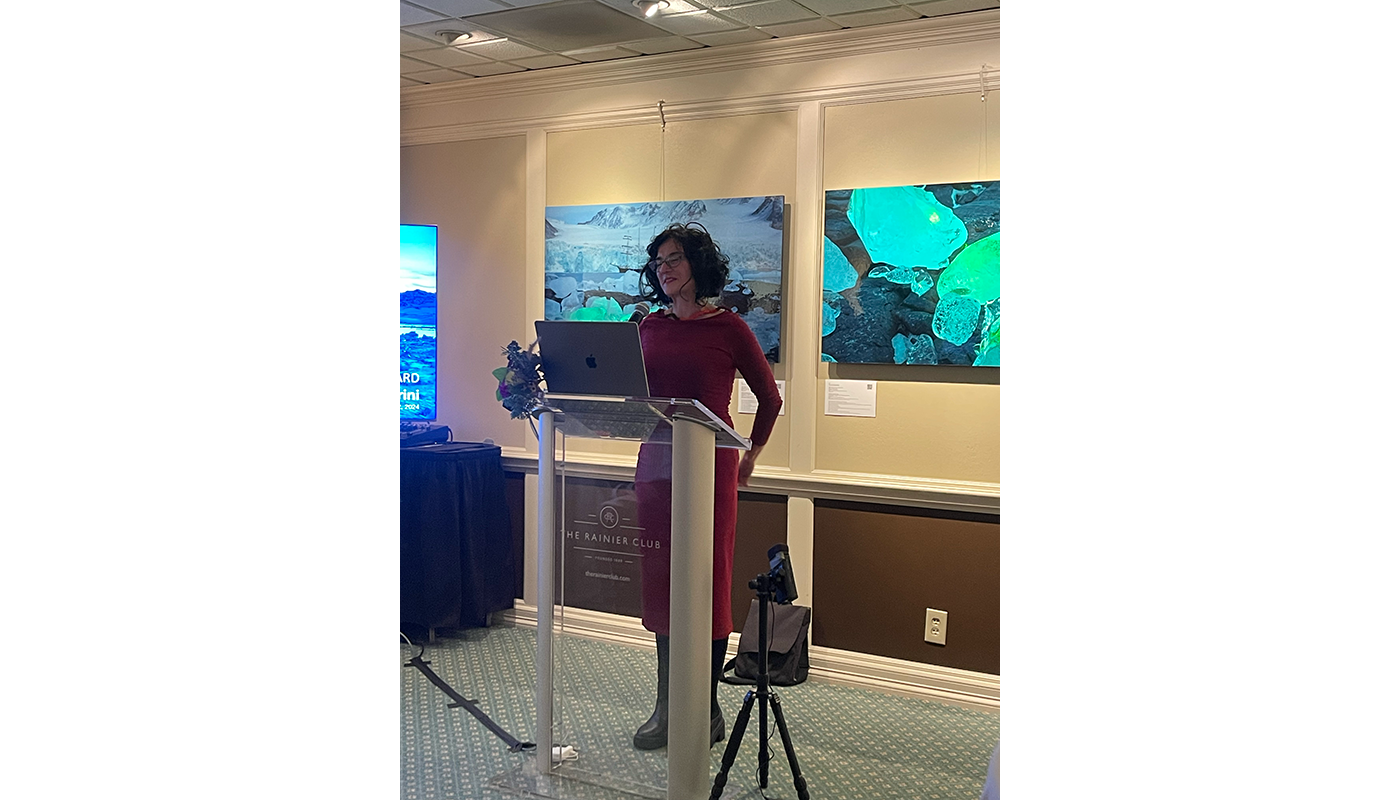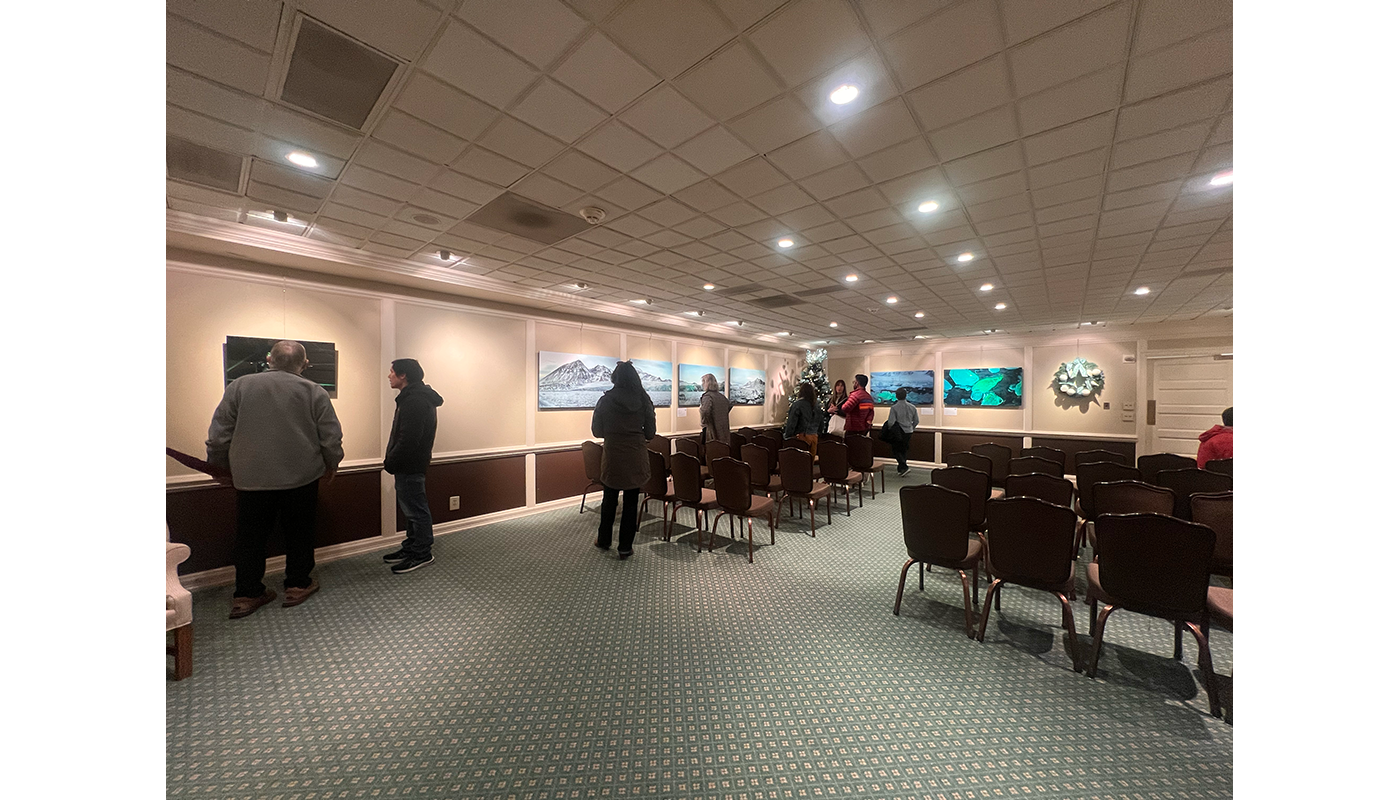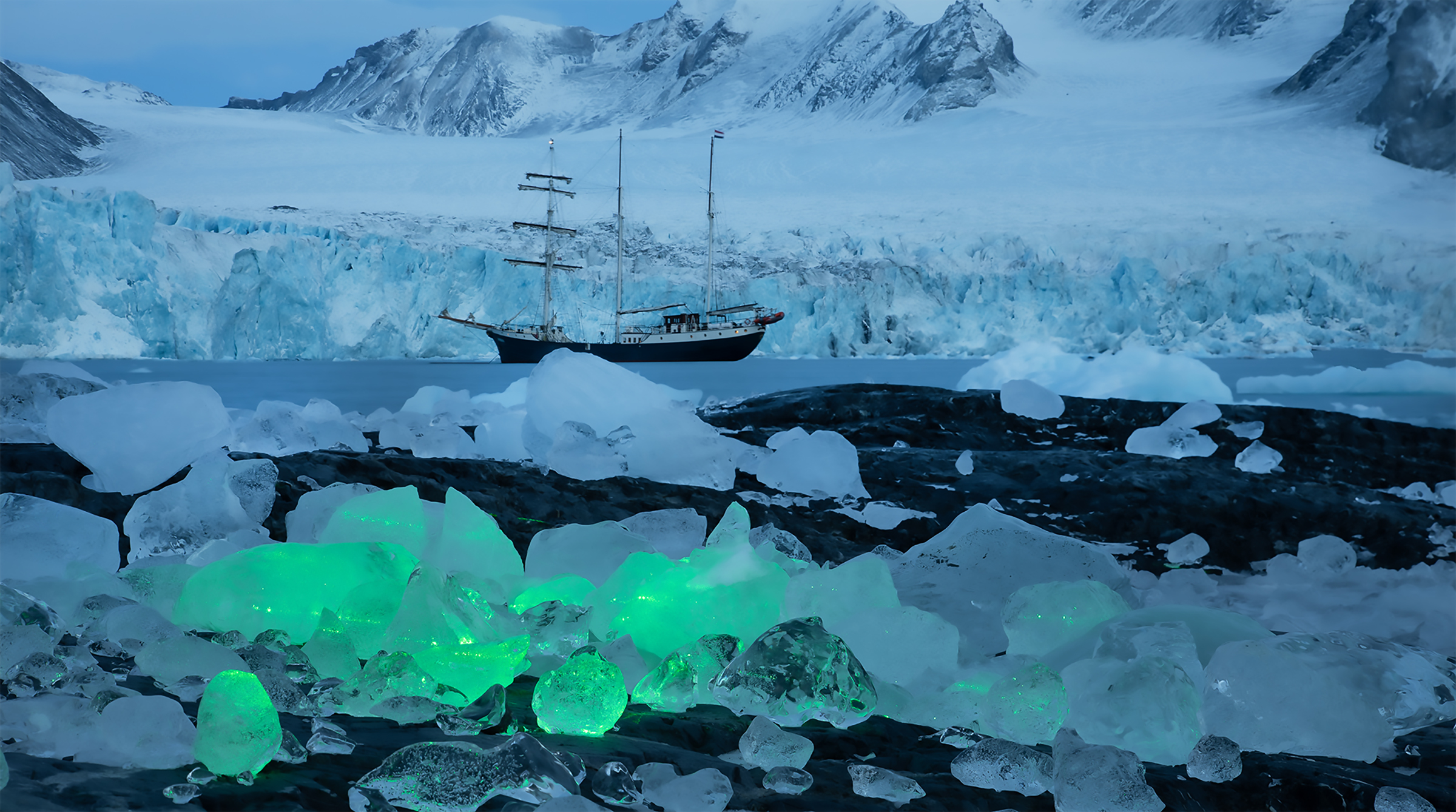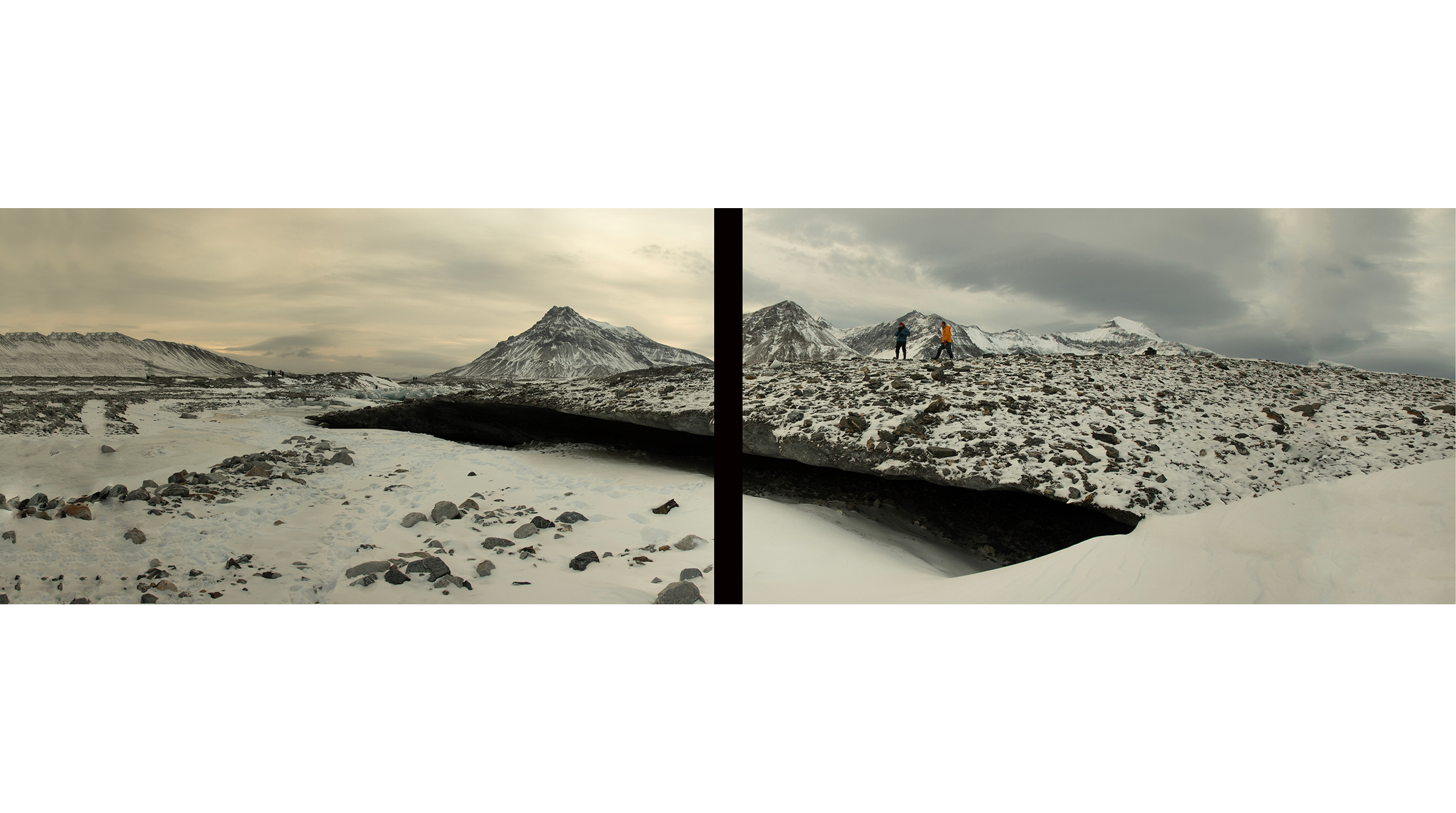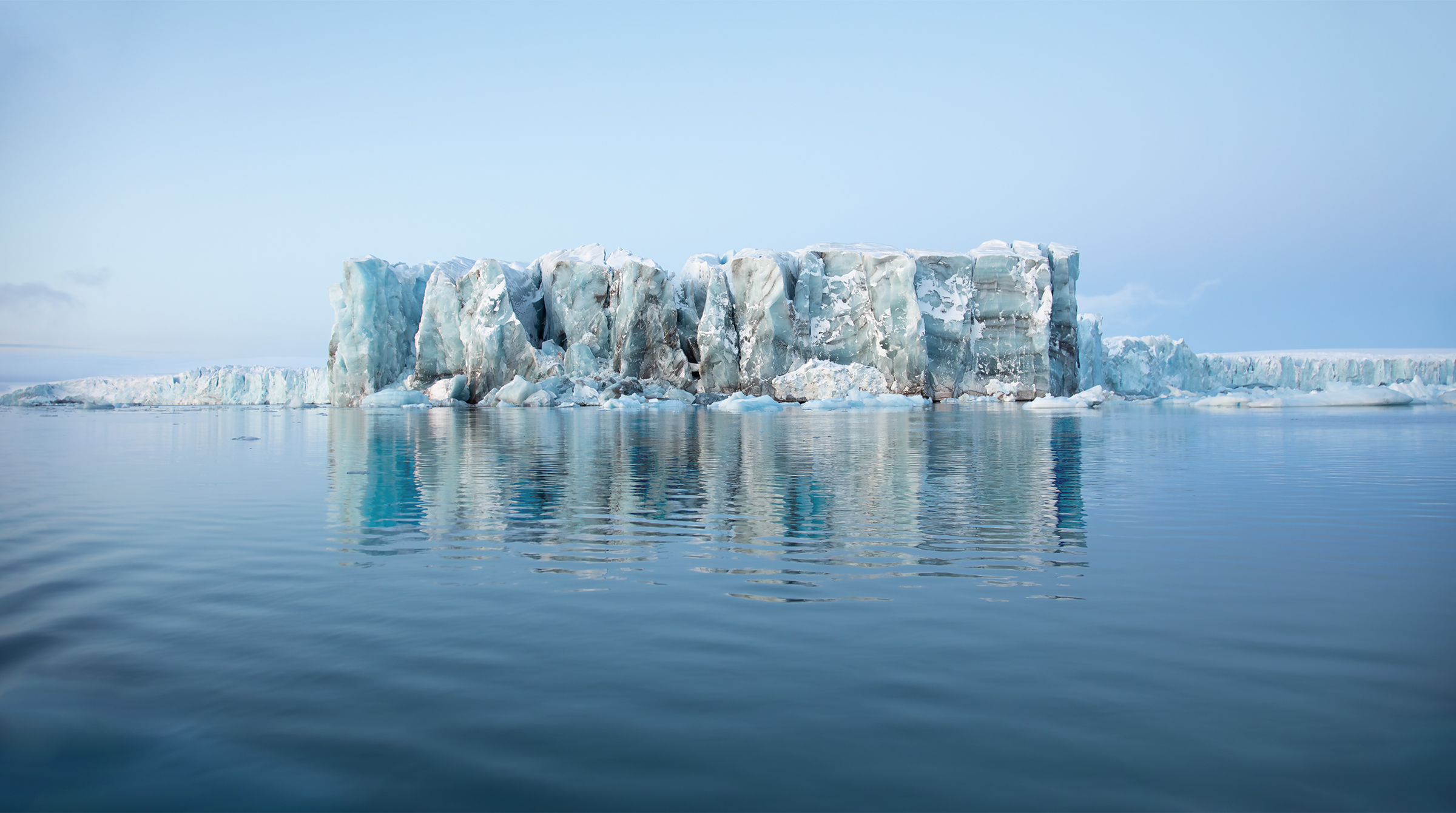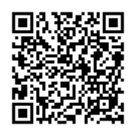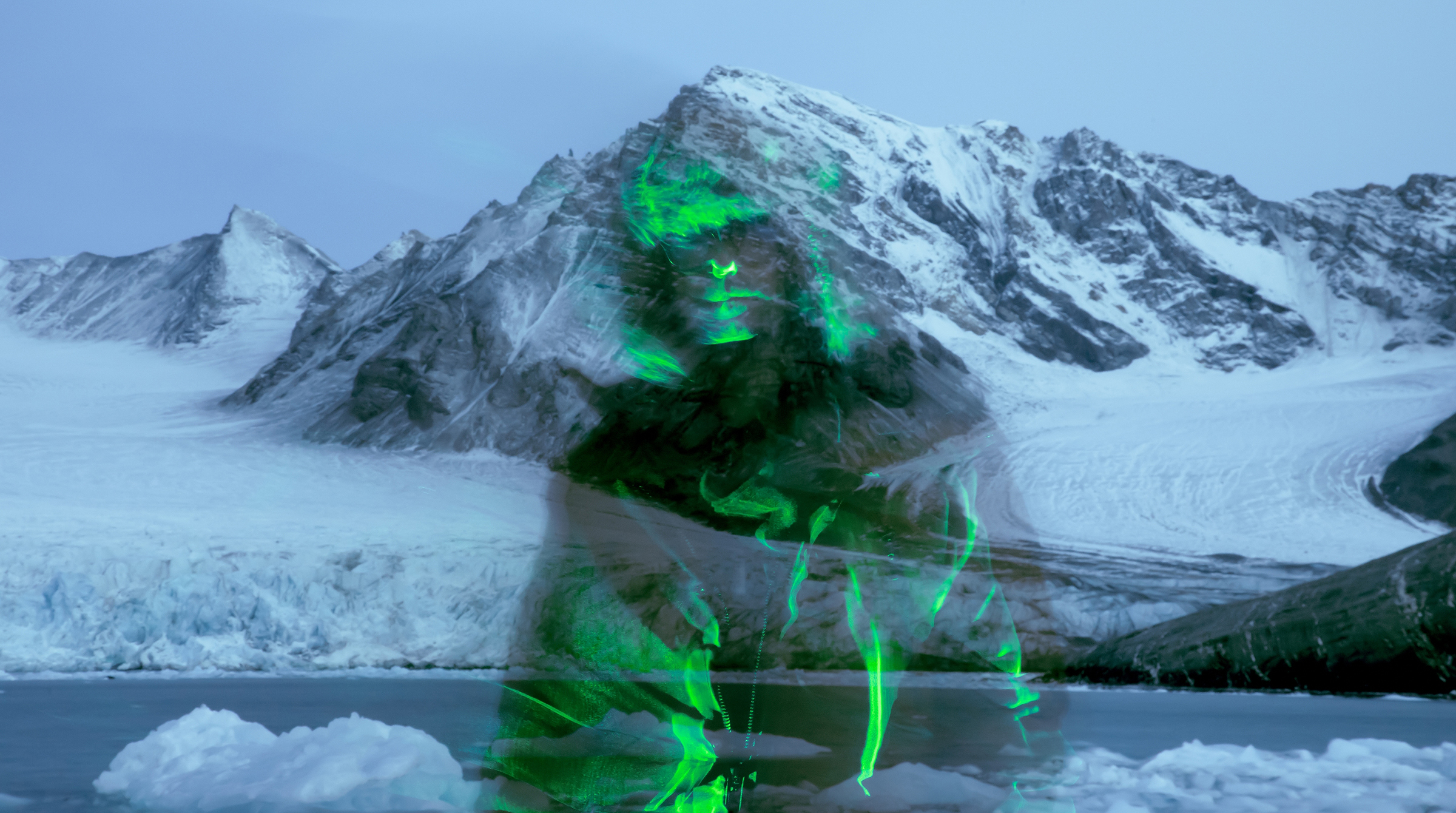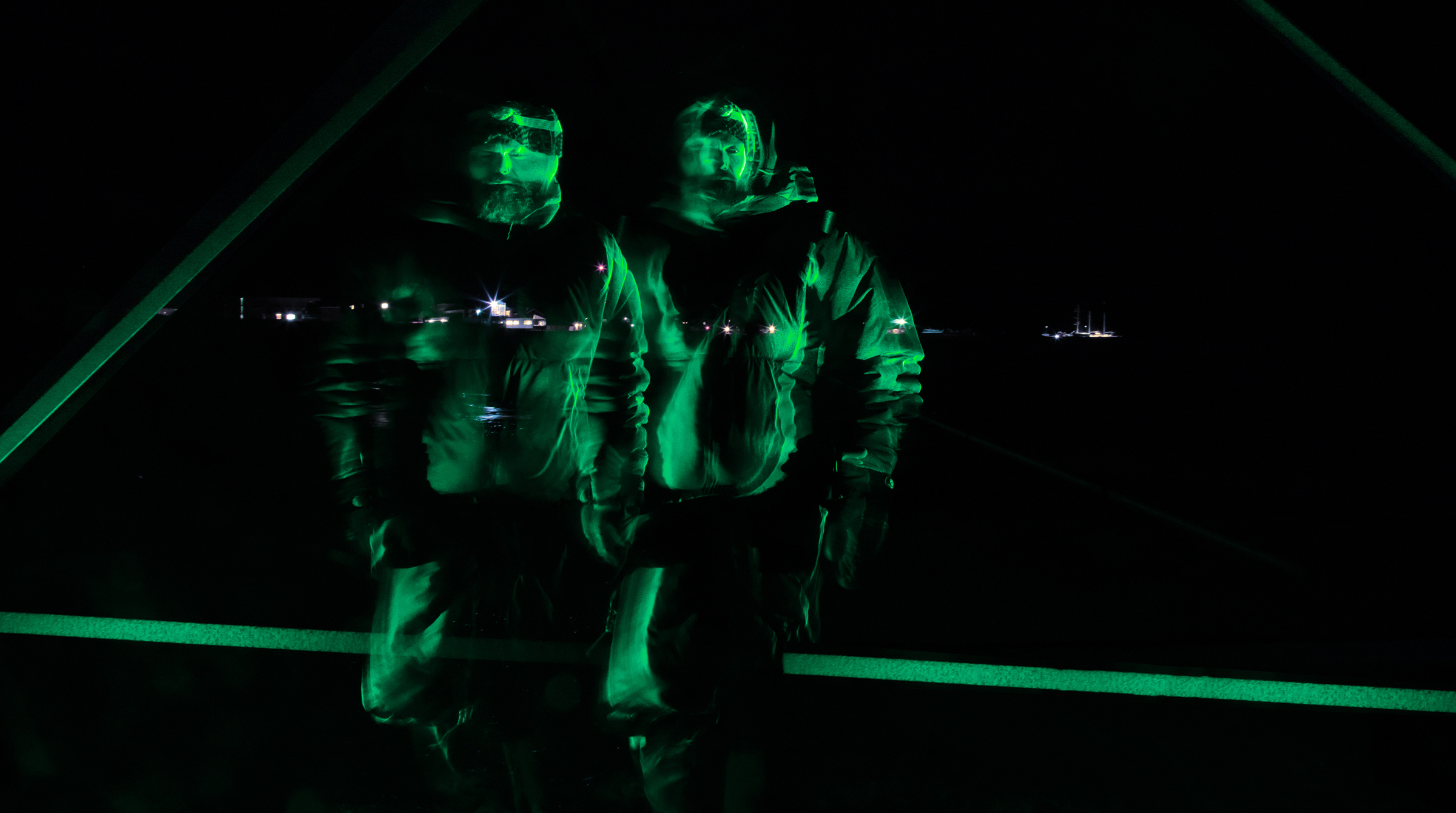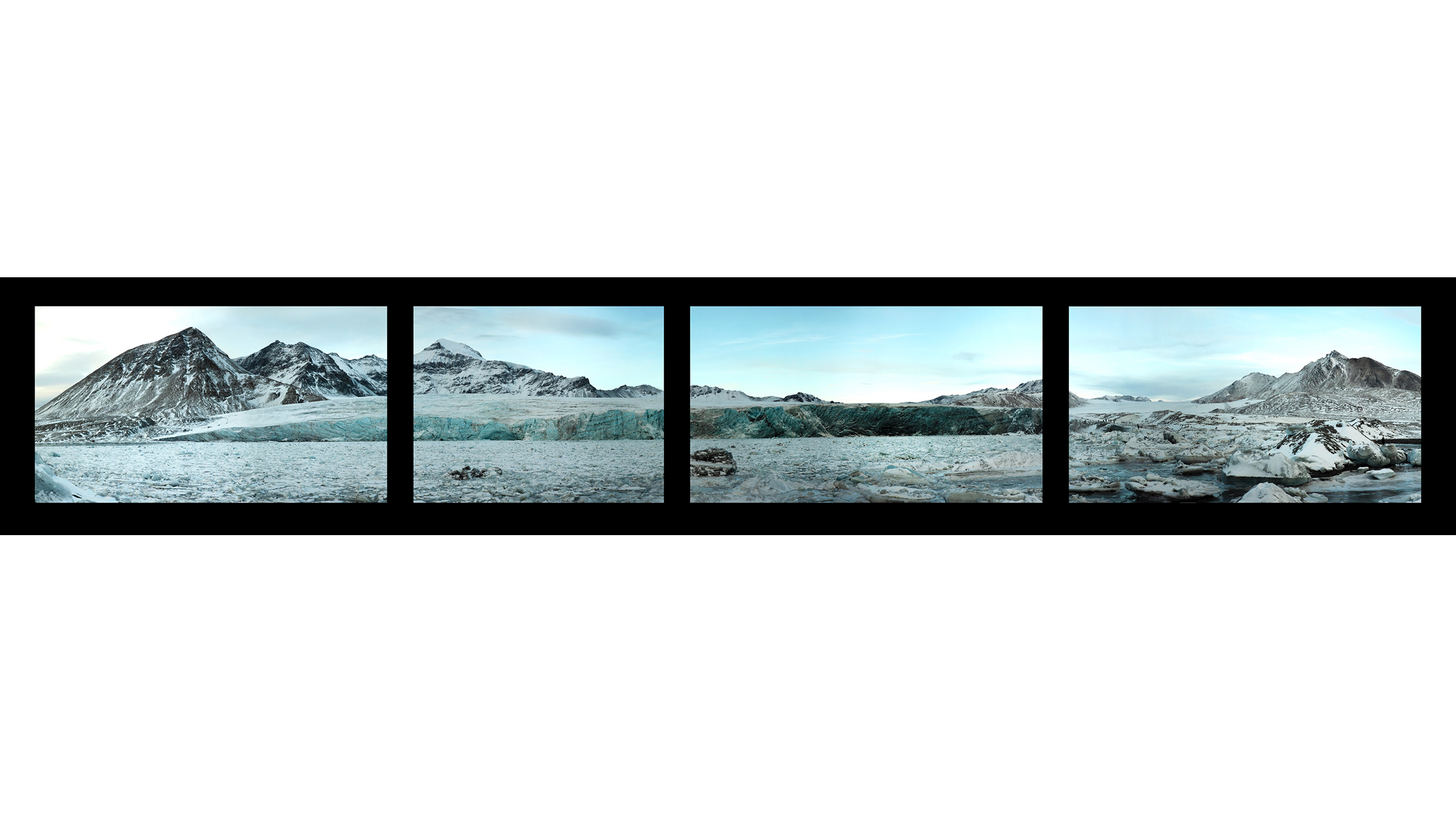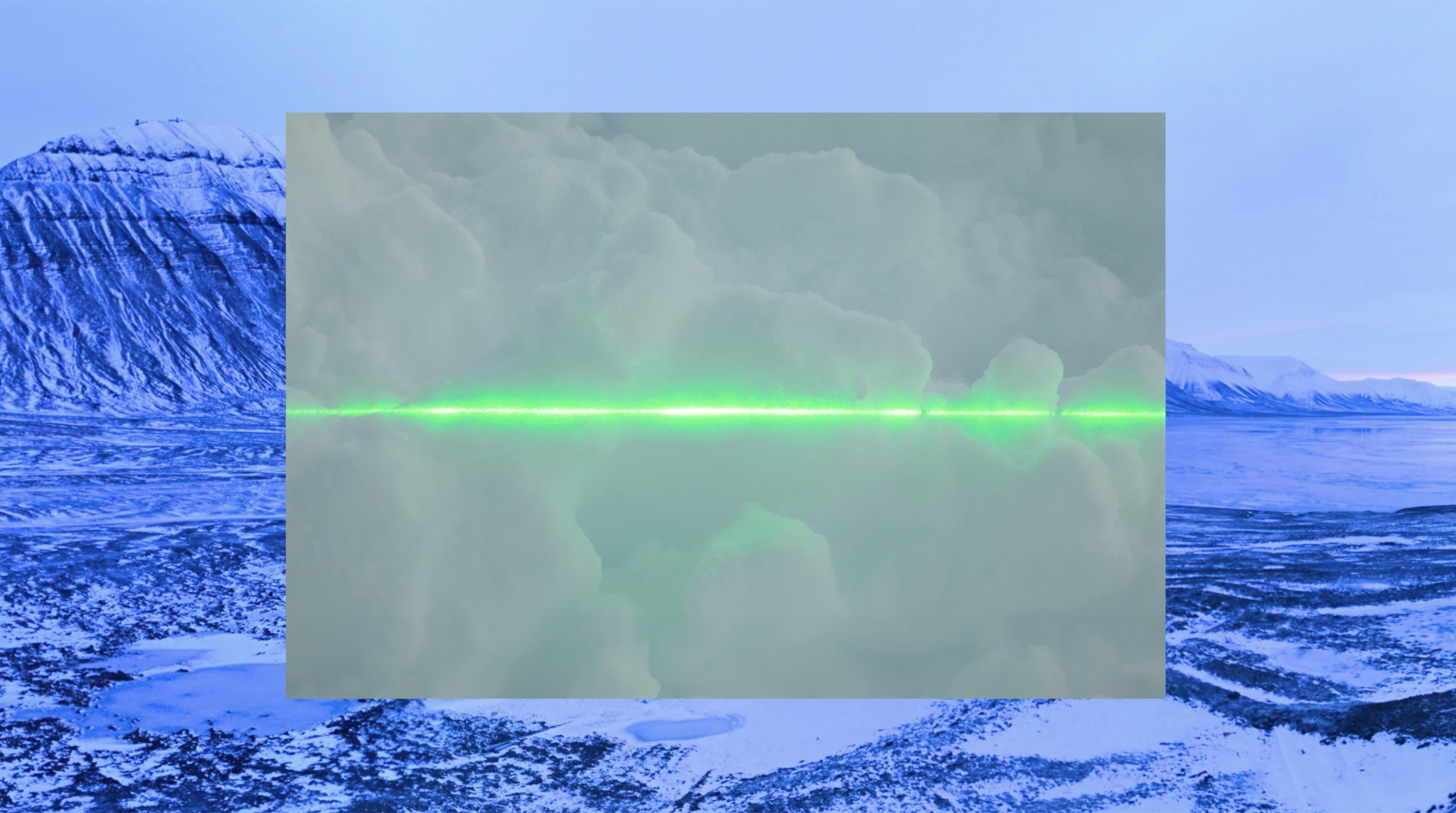IOLE ALESSANDRINI
There Are No Natives in Svalbard
Laser Plane Photography, Ioleography™, and Photography Exhibition at the Rainier Gallery, Seattle, WA
October 8 through December, 2024
Lecture: October 22, 6:30 PM
Bio
I was born in Italy, where my passion for Fine Art and Architecture blossomed in the heart of Rome—a city defined by contrasts, from the vibrant energy of modern suburbs to the quiet presence of ancient ruins. This dynamic environment sparked a lifelong creative journey. Raised by an herbalist mother, a furniture maker father, and as the youngest of four creative, and talented siblings, art became my expression and inquiry.
My path took a transformative turn when I moved to Seattle to study at the University of Washington, drawn by the teachings of Professor Astra Zarina, founder of the University of Washington Rome Center and The Civita Institute. What began in 1994 as a furniture design studio soon evolved into the pursuit of a master’s in architecture, lighting, and a place within Seattle’s vibrant artistic and architectural community.
With the rise of the internet, I discovered a new canvas where nature and technology merged in unexpected ways. Supported by international grants and crowdfunding, my work developed into large-scale interactive light installations across the U.S. and Europe, leading to the application of "Ioleography" in the Arctic. Through my art, I encourage deep reflection on humanity’s role within nature.
Seattle is home to three of my permanent installations: The Raven and the Light at Climate Pledge Arena, Counterbalance Park in the Queen Anne neighborhood, and Contour for the Capitol Hill Public Library. More on my work at: iole.org.
The Show: There Are No Natives in Svalbard
When Professor John T. Young suggested I showcase my work at the Rainier Gallery, drawing parallels between my explorations and the photographic legacy of Edward S. Curtis, I was honored. But this exhibition goes beyond a comparison of artistic exploration—it delves into the very core of our shared mission.
Curtis's documentation of Native American life captured native cultures. In contrast, my Arctic expedition reveals a transient, tourist-driven population in Svalbard, a place inherently inhospitable for long-term habitation. While Curtis immortalized a rich indigenous heritage, my Ioleograms reflect the fleeting presence of researchers and explorers in the Arctic, a region with no native inhabitants. This discovery was pivotal to my creative process.
Through my lens, I explore the delicate balance between human activity and our environment, both natural and urban. In doing so, my work invites us to reflect on our impact and responsibilities—continuing Curtis's legacy of cultural awareness while highlighting the pressing need to respect and protect our fragile ecosystems.
Parallel Narratives
By juxtaposing the viridescent light of Ioleograms with Curtis's sepia depiction of a Native American, the exhibition creates a powerful dialogue between different eras and perspectives. Both bodies of work embrace cutting-edge photographic technologies of their time. I will expand on this in a lecture during the exhibition, which I envision as more than a traditional art show—an immersive experience, uniquely tailored to the architecture of the Rainier Club.
On IoleographyTM
I never anticipated the profound influence photography would have on my artistic evolution. It has become a transformative tool, expanding the boundaries of photography and questioning the essence of perception itself. Ioleography, developed in collaboration with optical engineer Ed Mannery, originated from my Laser Plane Photography debut at the Bellevue Art Museum in 2001 with Between Planes and continued with Untitled at Jack Straw Productions in 2004. These marked the beginning of my innovations in photography.
Drawing inspiration from pioneers like Muybridge and Edgerton, who revolutionized photography by capturing movement, Ioleography integrates laser technology and fixed optics. It uses a laser-generated plane of light, which subjects traverse, producing dynamic yet two-dimensional time-exposed images—no Photoshop or AI involved.
During my recent 14-day expedition to the Arctic in October 2023, organized by The Arctic Circle Residency, I extended Laser Plane Photography into the natural world, documenting the residual energies left by humans. I believe space retains traces of human presence long after we’ve gone, and Ioleograms capture these lingering, invisible energies.
Art and the Anthropocene
As we live through the Anthropocene, an era defined by humanity's profound impact on the Earth, art plays a critical role in shaping our response to climate change. My Arctic journey was not without challenges—facing the potential threat of polar bears, freezing temperatures, and the dangers of working in such extreme conditions. Yet, despite the obstacles, I captured key images that symbolize the connection between humanity and nature, documenting our mark on these remote environments.
Can art truly influence climate change? I believe it can. As artists, we have the unique ability to communicate complex ideas in ways that are visually compelling and emotionally stirring. My goal is to spark new perceptions and ignite collective potential.
The exhibition coincides with the one-year anniversary of my Arctic expedition in October 2023, making this a significant reflection on the journey and the artistic discoveries that arose from it.
I look forward to sharing this experience with you.
Iole Alessandrini
Iole alessandrini
206.3997870
iole.org
